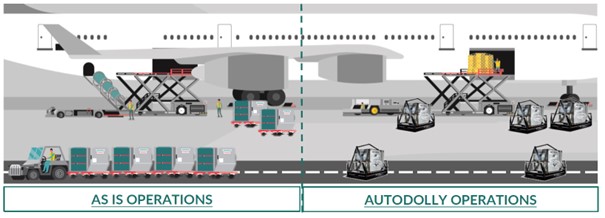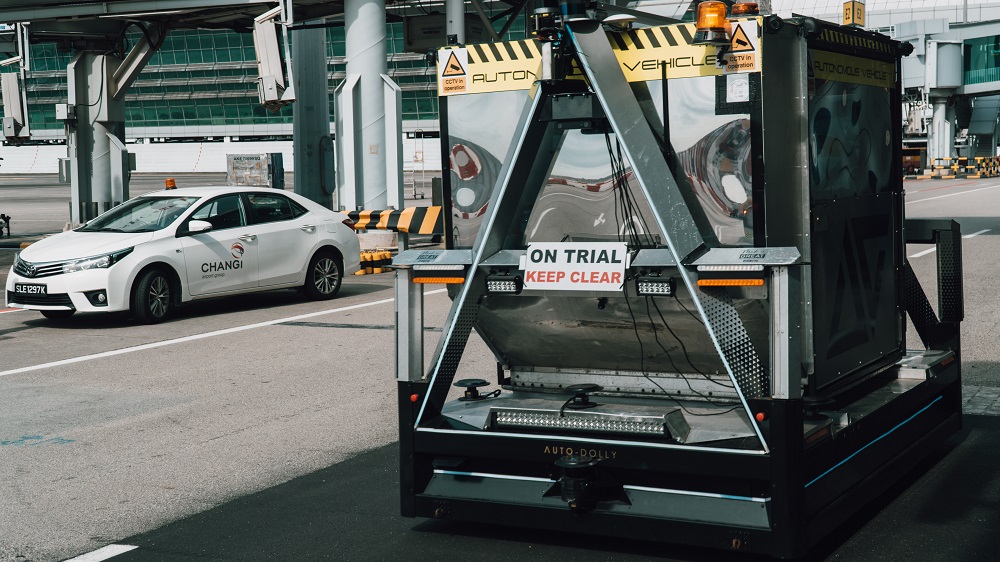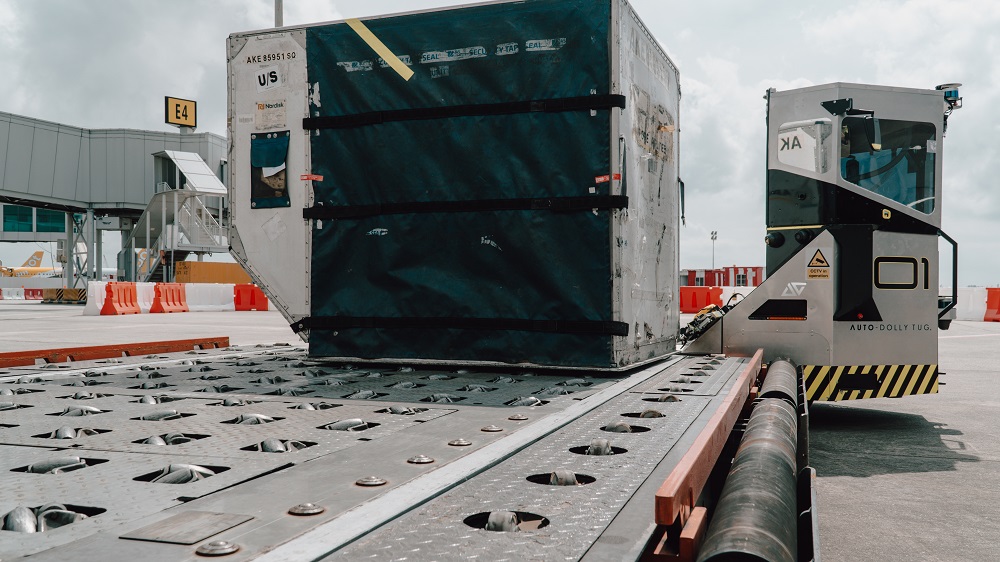
Changi airport prototypes smart tech to transform future airport operations
27 Feb 2023
2022 was a year that travel resumed across most parts of the world, with Changi Airport also seeing a strong recovery with more passengers and flights. Although the return of travellers is good news for the economy, a number of airports around the world continue to struggle as many airport workers worldwide moved on to other opportunities over the last two years, with a good number not returning even with travel recovering.
Changi Airport faces similar manpower shortage trends, particularly for roles in the airside, which impacts operations and passenger experience. If left unaddressed, this will pose a huge constraint for the future of Terminal 5’s operations. As working in the airside requires staff to be in outdoor conditions, it is not easy to attract talents for these jobs, given that there is also the added element of shift work. To address this manpower gap, Changi Airport Group (CAG) has been investing its resources to trial autonomy solutions.
Since February 2022, the Terminal 5 Specialised Systems (T5SS) team embarked on a trial to automate the driving of baggage tractors, as this function requires the highest number of drivers in the airside. Autonomous solutions also offer opportunities to improve baggage delivery efficiency, which in turn, enhances passenger service levels. The learnings from the trials will shape the concept of operations for baggage transportation and potentially catalyse autonomy for other airside vehicles. The trial is partially funded by the Civil Aviation Authority of Singapore (CAAS) through its Aviation Development Fund (ADF), which supports initiatives to improve productivity in Singapore’s aviation sector through the use of innovative solutions.
Working with Aurrigo, a leading international provider of airport transport technology, the T5SS team explored the use of the Auto-Dolly, an autonomous individual baggage trailer, as well as the Auto-DollyTug, a tug variant which is designed to tow three additional trailers. Such individual trailer units can be deployed in different ways to help increase operational efficiency.
In addition, the Auto-Dolly also has the ability to be electronically tagged with one or more units so they can work together as a group, giving this piece of equipment an added advantage. The T5SS team is currently assessing the viability and impact of this new way of operations, to see how it can facilitate future airport processes.

Left: current operations where a baggage tractor tows four Unit Load Devices (ULDs) filled with luggage, from the plane to the terminal
Right: re-thinking the operations where individual autodollies are used to transfer luggage from the plane, eliminating the need for baggage tractors.
The recently completed Phase 1 trial for the Auto-Dolly effectively demonstrated the ability of the equipment to travel autonomously along airside roadways, as well as within the baggage handling area.

The Auto-Dolly travelling autonomously along a road in the airside
The team has now embarked on Phase 2 of the trial, to test the safe operations of the Auto-Dolly at the aircraft stand. Due to its small footprint and tight turning radius, the Auto-dolly can manoeuvre itself precisely next to an aircraft. In addition, with its capability to transfer a Unit Load Device (ULD) directly to and from the Skyloader equipment, the current process of intermediate transfer of the ULD using the Transporter equipment can be eliminated, resulting in further savings to manpower and equipment. Changi is the first airport in the world to test this equipment’s ability to perform autonomous loading and unloading of ULDs at the aircraft stand.

The Auto-DollyTug unloading a Unit Load Device (ULD) directly onto a Skyloader at the aircraft stand
As a safeguard during the trial, a safety operator is deployed on both the Auto-Dolly and Auto-DollyTug at all times, in the event that a person needs to step in to take over the system. The next step is to trial the Auto-Dolly and Auto-DollyTug without a safety operator onboard, pushing the frontier for Changi’s autonomous vehicle technology trials to the next level.
Observations and data from the trials will help Changi to refine and sharpen the concept of operations in the push towards the airport’s vision of the future, where a combination of multi-skilled airside workers will be augmented by different types of autonomous vehicles to deliver seamless operations. This will help Changi to gradually overcome manpower challenges and continue to grow our air hub in a sustainable manner, as air traffic continues to grow.
